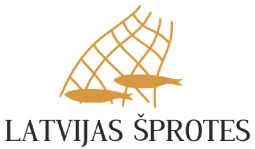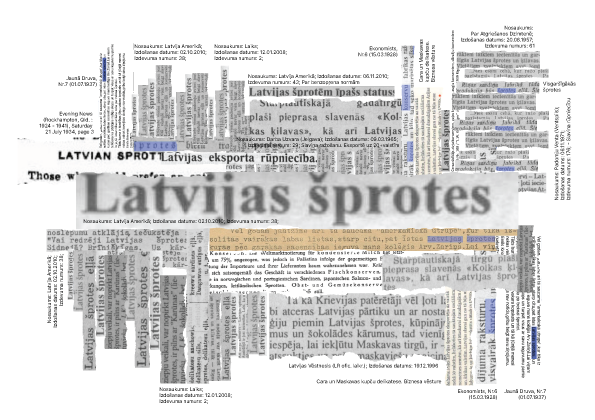Brief history of sprats and smoked sprats
Latvia has been proud of its fishing industry since ancient times. People in coastal settlements have long smoked, salted and dried caught fish for their own consumption, while trade was strongly limited by the short shelf life of such products. By the 60s of the 19th century, increased urban population density gave rise to the need for an inexpensive product with an extended shelf life. According to historical evidence, the first canning factories began to appear in Riga and Jelgava in the 80s of the 19th century.



Fishing areas for Latvian sprats
Latvian sprats are made only from sprats and small herring caught in two specific areas of the Baltic Sea. The catch area for fish suitable for the production of Latvian sprats must be in the FAO Fishing Area 27 of the Baltic Sea (please see the map): 27.III.d.28.1, 27.III.d.28.2 and 27.III.d.26, i.e. close to the Latvian coast; this is due to the need to deliver fresh fish within 48 hours after the catch to ensure consistent quality. The fishing season lasts from October to March. In the production of Latvian sprats fish caught during the spawn is not used.
Making of Latvian sprats
Traditional Latvian sprats in oil are made from sprat and small herring. Nothing has changed since the last century as technological development had no effect on the production process. Latvian sprats are a unique handmade-with-love product.



Specific features of Latvian sprats
Only canned food prepared from the specific fish and in a special way can be proudly called Latvian sprats. They used to be made and are now made only from sprat and small herring caught from October to March in the specific Baltic Sea areas. To make sprats, fish must be smoked or sent for freezing within 48 hours after the catch. Each smoked fish must be 4-6.5 cm long (headless carcass). High-quality salt and oil, special sterilisation temperature and other production standards make Latvian sprats special.
Wholesomeness of Latvian sprats
Latvian sprats are high in calories and a valuable source of energy: they contain easily digestible proteins with a significant set of amino acids regulating the functioning of the heart, the brain and blood vessels and facilitating well-being in case of joint inflammation and depression. The polyunsaturated fats and microelements contained in the product help strengthen the walls of the cardiovascular system, prevent the formation of blood clots and cholesterol plaques, and improve skin and hair condition. Latvian sprats are a source of vitamins E, A, B1, B2 and minerals – chromium, phosphorus and calcium. Such a set slows down the aging process of the human body and is a preventive measure for diabetes and osteoporosis.







